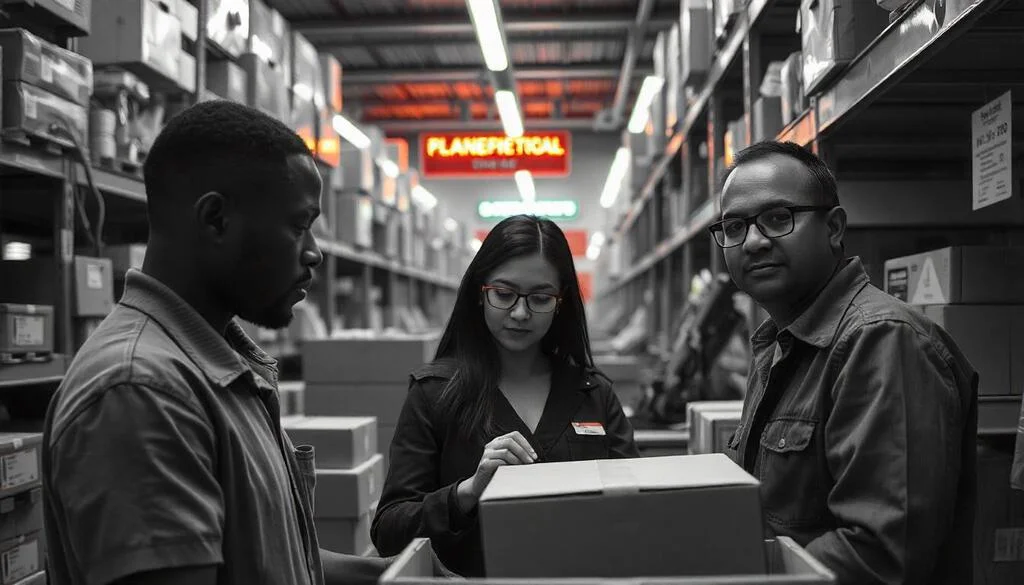
How Packaging Materials Influence Shipping Costs
The relationship between packaging materials and shipping costs is significant, as materials impact weight, size, and handling requirements. Lightweight packaging reduces transportation expenses, while heavier materials, although protective, can increase shipping costs. Moreover, eco-friendly options provide sustainability benefits, appealing to environmentally conscious customers.
Types of Packaging Materials and Their Impact
Different materials have unique effects on packaging materials and shipping costs, making it essential for businesses to choose wisely:
- Lightweight Options
Materials like bubble wrap, foam, and corrugated cardboard lower weight-related fees. These lightweight shipping materials are particularly beneficial for products priced by dimensional weight. - Durable Materials
Heavy-duty options, such as wooden crates and metal reinforcements, offer superior protection for fragile items. However, they add significant weight, which increases shipping costs. - Eco-Friendly Choices
Sustainable materials, such as recycled cardboard and biodegradable plastics, often have higher upfront costs. Nevertheless, they reduce waste and align with modern consumer preferences, supporting cost-effective packaging strategies over time.
Tips for Reducing Shipping Costs Through Packaging
To minimize shipping costs while ensuring product safety, businesses can implement the following strategies:
- Optimize Box Sizes
Avoid overpacking by selecting boxes that closely fit the product dimensions. Consequently, this reduces dimensional weight charges. - Switch to Lightweight Materials
Using air cushions or thinner but sturdy packaging materials can significantly reduce overall transportation expenses. - Invest in Reusable Packaging
Durable and reusable packaging, like reinforced crates or collapsible containers, offers long-term cost savings and environmental benefits.
Real-Life Applications of Packaging Optimization
Case Study: A Technology Manufacturer
A tech firm transitioned to lightweight shipping materials for its products, reducing overall shipping costs by 25%. Additionally, the move resulted in fewer damages, cutting replacement expenses.
Case Study: An E-Commerce Retailer
An online retailer adopted eco-friendly packaging, such as recycled boxes, and reduced material costs while enhancing its brand reputation among eco-conscious customers.
Benefits of Choosing the Right Packaging Materials
The advantages of aligning packaging materials and shipping costs include:
- Cost Savings
Lightweight and optimized packaging helps lower transportation fees and reduces waste. - Operational Efficiency
Streamlined packaging solutions simplify warehousing and reduce storage space needs. - Brand Enhancement
Eco-friendly materials improve brand perception and attract sustainability-focused customers.
Conclusion
Understanding the connection between packaging materials and shipping costs empowers businesses to optimize their logistics and improve profitability. By selecting lightweight, durable, or sustainable packaging solutions, companies can balance cost-effectiveness with environmental responsibility.
Contact us today for tailored cost-effective packaging solutions designed to meet your business needs!




